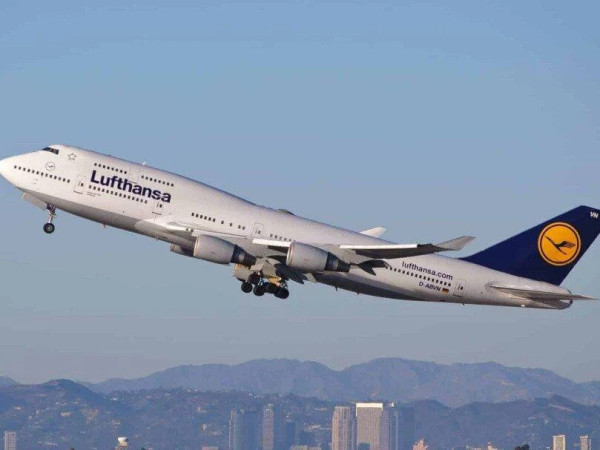Tourism across the EU member states suffered a 77 per cent decrease compared to pre-pandemic levels, with those dependent on long-haul markets or islands being the most affected.
According to the European Travel Council (ETC) data, international tourist arrivals to Europe are expected to drop by 60 per cent by the end of the year. Moreover, although the demand for travel to the EU has slightly recovered, reaching the pre-pandemic levels is not expected to happen until 2024, SchengenVisaInfo.com reports.
Being the first country to open its borders for vaccinated travellers, Greece witnessed the highest number of overnight stays; only 19 per cent lower than in 2019, but the foreign arrivals were relatively low.
Countries in the EU with the highest arrival rates were mostly recorded in the Southeast Europe region. Croatia welcomed 1.9 million tourists in September – 37 per cent less compared to the pre-pandemic levels.
Other countries to witness a rebound in arrivals are Montenegro, with a 44 per cent decrease compared to 2019, Luxembourg (-45 per cent) and Monaco (-46 per cent). On the other hand, the Czech Republic recorded the lowest decline in the EU, about -94 per cent less than in pre-pandemic, with stringent COVID-19 measures extended throughout the year.
Moreover, the European air traffic witnessed a surge during the summer season, with an average of 58 per cent decrease compared to pre-pandemic levels, although the revenue passenger per kilometres (RPK) made up for half of the 2019 standards.
The improvement of tourism noted in the summer months happened thanks to domestic air travel demand and the establishment of the EU Digital COVID Certificate. Compared to 2020 levels of activity, occupancy rates in Europe were the lowest in the world, reaching only 10.5 per cent. On the other hand, average daily rates (ADR) climbed 6.5 per cent, contributing to a 17.7 per cent increase in revenue per available room.
Moreover, Eduardo Santander, the Director of ETC, noted that international travelling might be possible again.
“This summer season in Europe has proven it well. So, EU countries should move towards a traveller risk-based approach rather than the country-to-country principle that is currently used. International travel should fully reopen with the same conditions as for intra-EU: based on vaccination, recovery or a negative COVID-19 test,” Santander said.
The US travellers have played a key role in tourism, who were allowed to enter several EU member states, despite the US banning EU arrivals. However, US arrivals to Europe remain 90 per cent below their 2019 levels for one-third of destinations. Americans mostly visited Southern Mediterranean tourism spots, with Greece recording the fastest rebound of US arrivals, only 38 per cent less than in 2019.
The absence of Chinese holidaymakers was felt in the EU member states as all destinations reported declines over 90 per cent compared to 2019.















